Digital Inquiry Group
Finding the right Social Studies curriculum that truly engages and educates can be quite the challenge for parents, especially those who are homeschooling. Having sifted through hundreds of reviews and consulted with historians and political scientists who are also homeschooling, I’ve discovered that Digital Inquiry Group (DIG) stands out in the realm of Social Studies education. Founded by Sam Wineburg, a distinguished professor emeritus of education and history at Stanford, and Joel Breakstone, who has led the initiative for over a decade, DIG evolved from the Stanford History Education Group to widen access to high-quality, research-backed educational resources. What I love about DIG is its robust use of primary sources and inquiry-based learning, which transforms students into mini-historians actively engaging with history, not just passively learning dates and facts. This program is particularly well-suited for learners who thrive in an interactive, thought-provoking educational environment. While the text-heavy nature of primary documents may be daunting for younger students, it's not a dealbreaker, given the richness of the content. A pro tip for parents: actively participate in the lessons where possible to enhance discussion and deepen understanding, leveraging DIG’s extensive resources to foster a richer learning experience.
Grades: Grades 6-12th
Cost: Free
The in-depth review
Social Studies is vital for developing informed and responsible citizens, offering insights into how societies function and the complexities of our interconnected world. A robust Social Studies curriculum should foster critical thinking, promote an understanding of historical and cultural perspectives, and encourage civic engagement. For parents homeschooling their children, choosing the right Social Studies program is crucial, as it shapes young minds to understand and engage with the world meaningfully.
About Digital Inquiry Group (DIG)
Founded by historian Sam Wineburg and Joel Breakstone, DIG emerged from the Stanford History Education Group (SHEG) to expand and enhance the availability of evidence-based, classroom-ready Social Studies materials. This transition to a standalone nonprofit organization allows DIG to further their mission of making high-quality educational resources accessible worldwide. DIG continues to be recognized for its innovative approach to education, focusing on history and digital literacy.
Why I recommend DIG for Social Studies
DIG's offerings are exceptional because they incorporate primary sources and foster a unique inquiry-based learning style. The curriculum encourages students to become historians themselves, promoting a deeper understanding and a hands-on approach to learning history and social sciences. This method helps develop critical thinking and analytical skills by engaging with diverse perspectives and evidence.
Who DIG is for
DIG is ideally suited for educators, including homeschooling parents, who want to provide a rigorous, engaging Social Studies education. It is perfect for those looking to move beyond traditional textbooks to a more dynamic and investigative approach to teaching history and civics.
How DIG works
DIG provides a wealth of resources through its website, where educators can access lesson plans, assessments, and classroom posters. The content covers a wide range of topics and is designed to be accessible for various age groups and learning abilities. By utilizing DIG’s materials, parents can teach their children to evaluate sources, understand historical contexts, and develop informed interpretations of historical events.
What differentiates DIG from other History Programs
The Digital Inquiry Group (DIG), formerly known as the Stanford History Education Group (SHEG), stands out from other history programs with its distinctive inquiry-based learning approach. Unlike traditional history curricula that primarily rely on textbooks, DIG's methodology, known as "Reading Like a Historian," encourages students to engage with history through the analysis of primary sources. This approach transforms the classroom by making historical inquiry the central mode of engagement, where students critically analyze, interpret, and debate historical events using authentic documents. This not only helps develop critical thinking and analytical skills but also promotes a deeper understanding of history as a dynamic and interpretive field. Additionally, DIG integrates digital literacy into its curriculum, teaching students to evaluate the reliability of online information, which is crucial in today's digital age. This comprehensive approach fosters a more engaging and participatory learning environment, setting DIG apart from more conventional history education programs.
What DIG covers
U.S. History:
Colonial and Revolutionary America
Early National Period and Expansion
Civil War and Reconstruction
The Gilded Age
American Imperialism and Progressive Era
The Great Depression and New Deal
World War I and World War II
Cold War Era
Civil Rights Movement
Late 20th Century and Contemporary America
World History:
Ancient Civilizations (e.g., Mesopotamia, Ancient Egypt, Roman Empire)
Medieval and Renaissance Periods
Enlightenment and Revolutionary Changes
Industrial Revolution
World Wars and 20th Century Global Conflicts
Decolonization and Modern Global Developments
Digital Literacy:
Evaluating Online Sources
Understanding Media Bias
Recognizing Misinformation and Fake News
Civic Education:
Understanding Democratic Processes
Engaging with Civic Responsibilities
Analyzing Historical and Contemporary Civic Issues
Special Themed Modules:
African American History
Hispanic and Latino American History
Asian and Pacific Islander American History
Women's History
Native American History
Skills Development:
Historical Thinking Skills (sourcing, contextualizing, corroborating)
Critical Reading and Analysis
Argumentation and Evidence-Based Writing
Updates and Additions
DIG recently expanded its offerings to include more on digital literacy with its Civic Online Reasoning curriculum. This addition is crucial in today’s digital age, equipping students with the skills to critically evaluate online information and distinguish between credible sources and misinformation.
Benefits and Drawbacks of DIG
What Parents Like about DIG
Inquiry-Based Approach: Encourages students to engage actively with historical content, fostering critical thinking and analytical skills.
Free Resources: Many of DIG's materials are available at no cost, making it accessible for educators and homeschooling parents.
Primary Source Integration: Lessons are designed around primary documents, helping students understand historical context and develop evidence-based reasoning.
Digital Literacy Focus: Includes components that teach students how to critically assess online information, which is crucial in the digital age.
Professional Development: Offers professional development opportunities for educators to enhance their teaching skills and effectively implement DIG's curriculum.
Comprehensive Coverage: Provides a wide range of topics in U.S. and world history, ensuring a broad and inclusive curriculum.
Continuous Research and Development: DIG is committed to ongoing research in history education and digital literacy, continually updating and refining their materials.
Ease of Access: Users can seamlessly transition from SHEG to DIG with their existing accounts, and materials are easy to access and use.
What parents dislike
Complexity for Younger Students: The content and approach might be challenging for younger students or those with limited background in history and critical analysis.
Requires Active Teaching and Facilitation: Successful implementation of the curriculum requires active involvement and facilitation by educators, which may not suit all teaching styles.
Digital Dependency: Lessons and resources are primarily digital, which might be a limitation in environments with restricted internet access or technological resources.
Adaptation Time: Educators might need time to adapt to the inquiry-based teaching model and integrate it effectively into their existing curriculums.
Text-Heavy Materials: Some of the documents and materials can be text-heavy, which might be daunting for some students without modifications to aid understanding.
Limited Direct Assessment Tools: While DIG provides many resources for assessing historical thinking, there might be a need for more direct or varied assessment tools to measure other academic skills.
Nonprofit Transition: As DIG transitions from SHEG and becomes more independent from Stanford, there could be changes or growing pains that might affect the availability or quality of resources temporarily.
Special Needs
Dyslexia and Reading Challenges: DIG focuses on primary sources and visual materials like photographs, charts, and maps, which can provide multiple modes of information processing beyond heavy text reliance. This can aid students who struggle with dense text-based learning.
Attention Deficit Hyperactivity Disorder (ADHD) The inquiry-based learning model used by DIG, which involves active participation and problem-solving, might better engage students with ADHD, who often benefit from interactive and hands-on learning environments.
Visual Processing Disorders: Lessons that include a variety of visual aids, such as historical photographs and visual storytelling through maps, can help students who have difficulty with purely textual information to better grasp historical concepts and contexts.
Autism Spectrum Disorders: The structured nature of DIG's lessons, which are centered around specific inquiry questions and clear, focused activities, may help students on the autism spectrum by providing a predictable learning structure that enhances comprehension and focus.
Tips from Parents on how to get the most out of DIG
Many parents recommend using DIG’s resources as a supplement to existing curriculums or as a core instructional tool. They suggest integrating the lessons with current events discussions to make the learning experience more relevant and engaging. Regular use of the assessments can also help track progress and deepen understanding over time.
Select Reviews from Parents and Teachers
"This curriculum teaches students how to investigate historical questions by employing reading strategies such as sourcing, contextualizing, corroborating, and close reading."
"Assessments in reading comprehension, historical thinking, recall of historical facts, and general reasoning showed that these 'non-traditional' classes outperformed the typical textbook-based classroom."
"A new study by researchers at Stanford Graduate School of Education found that high school students who received only six 50-minute lessons in digital literacy were twice as likely to spot questionable websites as they were before the instruction took place."
Why Trust Me
With over two decades of teaching experience across various educational settings and subjects including Social Studies, my diverse background in education enables me to discern the quality and effectiveness of educational materials. My experience as a facilitator in cross-cultural dialogues and my understanding of media from my acting career also inform my appreciation for DIG’s innovative, inquiry-based approach.
How I vetted
I extensively reviewed online resources and testimonials about various Social Studies programs, including those from DIG. My consultation with historians and political scientists who homeschool their children provided further insights into the practical application and effectiveness of DIG’s materials.
What I Looked For and How DIG Stacks Up
When evaluating Social Studies curricula, it's crucial to ensure that the resources not only meet educational standards but also foster an inclusive, engaging, and thoughtful learning environment. Here's how Digital Inquiry Group (DIG) measures up against each of these criteria based on my extensive review and analysis:
Comprehensive: DIG offers a broad range of topics covering U.S. and world history, ensuring comprehensive coverage. Their materials are rich with primary sources and designed to facilitate deep understanding of complex historical themes and events.
Secular: DIG's resources are secular, focusing purely on historical analysis without promoting any religious viewpoint. This makes it suitable for a diverse range of users, respecting all backgrounds and beliefs.
Accurate: Accuracy is a cornerstone of DIG's materials, which are developed by historians and educational experts. Their resources are frequently updated and revised to reflect the latest scholarly research and historical perspectives.
Decolonized: DIG attempts to provide a more nuanced view of history by including diverse perspectives and challenging traditional narratives. This approach helps in presenting a more balanced view that acknowledges the impacts of colonialism.
Inclusive: The curriculum includes a variety of perspectives and strives to cover histories of marginalized groups, making the learning experience inclusive. DIG's efforts to include diverse historical voices help students gain a fuller understanding of global histories.
Anti-racist: DIG's materials encourage critical thinking about race and the history of racial relations. By incorporating lessons on significant events and figures from minority histories, DIG supports an anti-racist education.
Mastery-based: While DIG encourages a mastery-based approach through its inquiry-based learning model, it emphasizes understanding and critically analyzing historical events over rote memorization. This approach aligns with mastery education by promoting depth over breadth in knowledge acquisition.
Aligned with School Standards for Social Studies: DIG’s curriculum aligns well with national and state standards for Social Studies. It emphasizes historical thinking skills, which are key components of these standards, ensuring that students are not only learning content but also developing essential analytical skills.
Fun and Engaging for Kids: The use of primary sources and the inquiry-based learning model make DIG’s materials engaging for students. This method encourages active participation and makes history more tangible and interesting, although younger students might find the text-heavy nature of some resources less engaging.
DIG excels in providing a curriculum that not only meets educational standards but also addresses the need for a more inclusive, accurate, and critical approach to teaching history. However, the text-heavy nature of the curriculum and its sophisticated analysis might require adaptations to better suit younger students or those with different learning preferences to make it universally fun and engaging.
Who is it an ideal fit for?
DIG is ideal for parents and educators who value an inquiry-based, evidence-oriented approach to education. It is particularly beneficial for those looking to cultivate historical thinking and digital literacy skills in their students.
Who is it not a fit for?
DIG may not suit those who prefer a more traditional, lecture-based approach to education or those with younger children who might find the content too challenging without adaptation.
Alternatives and supplements to DIG
Younger Children or Early Learners:
Alternative: Curiosity Chronicles
Why: Curiosity Chronicles offers a comprehensive, inclusive curriculum that is designed to spark curiosity in younger learners. It uses engaging storytelling methods that are more accessible for younger ages than the text-heavy, primary source-focused approach of DIG.
Students Who Prefer Videos and Less Serious Content:
Alternative: Crash Course (YouTube Channel)
Why: Crash Course provides educational content in a visual format that is both engaging and easier to digest, making complex topics more approachable and less formal. It's suitable for learners who benefit from a visual and less serious approach to education.
Learners Seeking Free Resources with more of a social justice focus:
Alternative: Zinn Education Project
Why: The Zinn Education Project offers a range of free Social Studies materials that emphasize a people's history perspective. This alternative is ideal for those looking for no-cost educational resources that provide different historical viewpoints.
Students Who Enjoy Entertaining and Engaging Formats:
Alternative: Horrible Histories (YouTube Channel)
Why: For those who find humor an effective learning tool, Horrible Histories also serves as a hilarious yet informative resource. It combines humor with educational content, making learning enjoyable and memorable.
Value for the Money
DIG Is a non-profit and committed to providing all lessons and assessments free of charge.
Highlights
To get even more of a feel for what DIG is like, here are a few of the lessons parents say they loved.
Lunchroom Fight I & II: These lessons use a seemingly simple scenario to teach students about sourcing and contextualizing information. By analyzing different accounts of a fictional lunchroom fight, students learn how perspective shapes our understanding of events. Parents appreciate this as a clear and engaging way to introduce these concepts.
Evaluating Sources: This lesson is part of the broader "Reading Like a Historian" curriculum and focuses on teaching students to assess the credibility of various historical sources. Parents have noted that this lesson is particularly useful for helping students develop critical thinking skills that are applicable both inside and outside the classroom.
Civil Rights Movement Photos: This lesson uses iconic photographs from the Civil Rights Movement to teach students about sourcing, contextualization, and corroboration. Parents value how this lesson connects students with pivotal moments in history and encourages them to consider the impact of media on public perception.
Women in the 1950s: Using various documents, this lesson helps students explore the roles and expectations of women in the 1950s, comparing them to contemporary roles. It’s praised for its depth and for encouraging students to engage with concepts of gender and societal change over time.
Mapping the New World: This activity involves students in examining historical maps of the Americas created during European exploration. It's a favorite for its interactive approach, helping students understand the exploration and colonization processes and the misconceptions Europeans had about the "New World."
Ways to Get DIG
DIG’s resources can be accessed through their website, where educators can register and download materials directly. Keep an eye on updates for additional resources and professional development opportunities.
Affilate Disclaimer
This review is based on thorough research and personal insights. I may earn a commission from purchases made through links in this review, but this does not influence my recommendations.
Sources
Quality Media Literacy Requires More Than Toothless Laws, Educators Say | Edutopia
Goodbye, Columbus | History| Smithsonian Magazine
In the News | Digital Inquiry Group
How Can Educators Teach Students to Spot Fake News | Forbes
To navigate the dangers of the web, you need critical thinking – but also critical ignoring
Illinois Is The First State To Have High Schools Teach News Literacy : NPR
Fostering Responsible Digital Citizenship | NEA
Suburban Freshmen Get Crash Courses In Media Literacy | Northern Public Radio: WNIJ and WNIU
Reimagining Digital Literacy Education To Save Ourselves | Learning for Justice
Stanford researchers collaborate to test new approaches for combating misinformation
News literacy pilot program is first-of-a-kind
Schoolkids Are Falling Victim to Disinformation and Conspiracy Fantasies | Scientific American
How to Tell News Fact from Fiction, Even During a War - WSJ
Online falsehoods plague us, but should we depend on schools to cure that ill?
Fighting Disinformation Can Feel Like a Lost Cause. It Isn't.
It doesn’t take long to learn how to spot misinformation online, Stanford study finds
What Fact-Checkers Know About Media Literacy—and Students Should, Too | Edutopia
Op-Ed: What happens when TikTok is your main source of news and information
Illinois high school students to receive media literacy instruction this year - CBS News
Science, misinformation, and the role of education
Lies spread faster than the truth. Can communities change that? - The Boston Globe
Quality Media Literacy Requires More Than Toothless Laws, Educators Say | Edutopia
Stanford History Education Group Review for Teachers
Teaching History Without Textbooks? Stanford Proves It’s Possible. | Engaging Places
Stanford researchers find students have trouble judging the credibility of information online
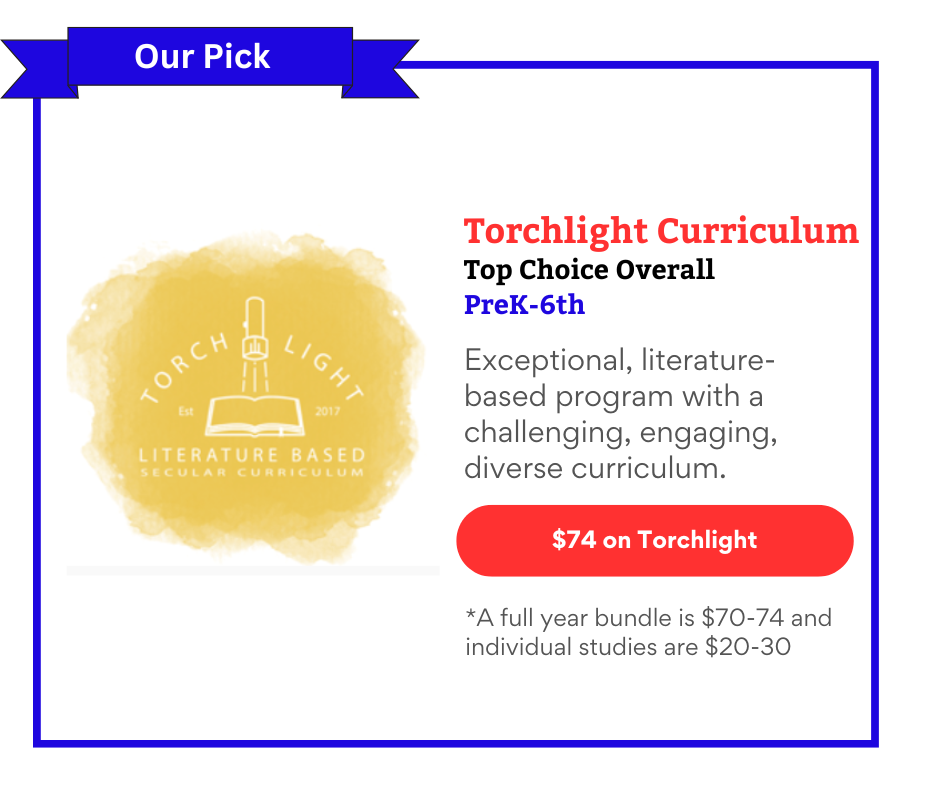

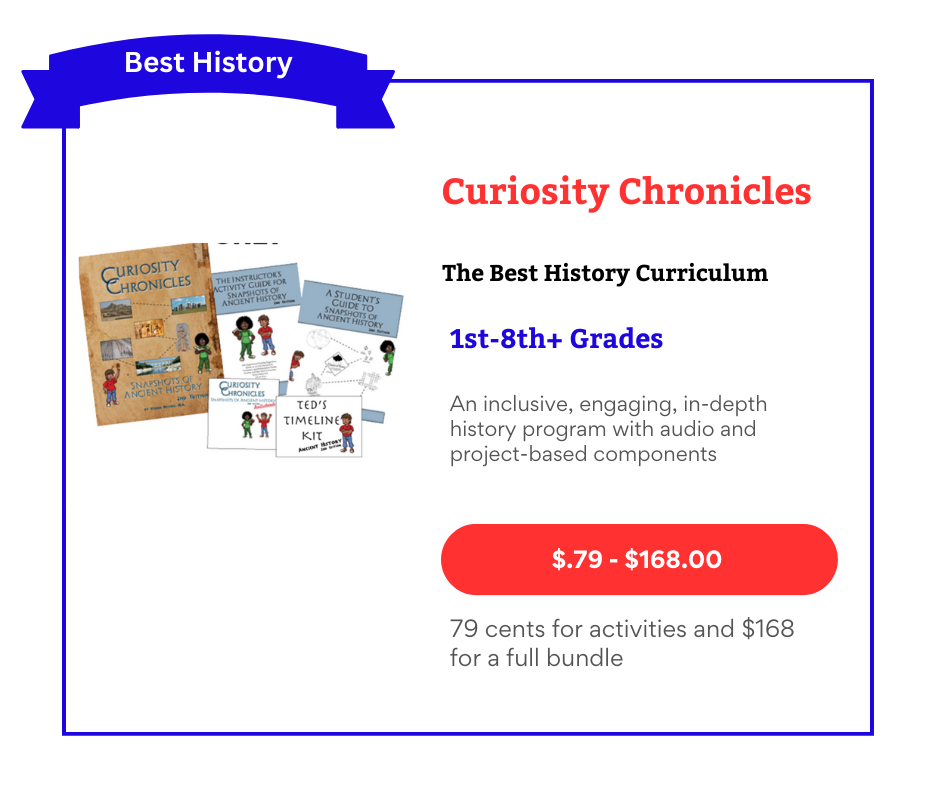


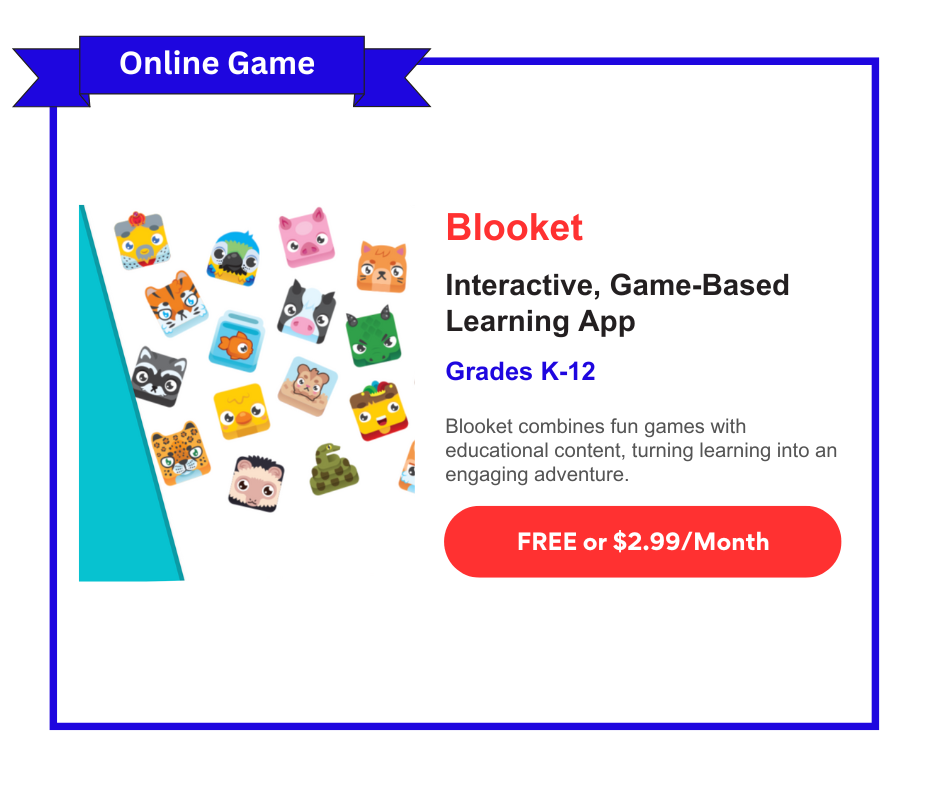
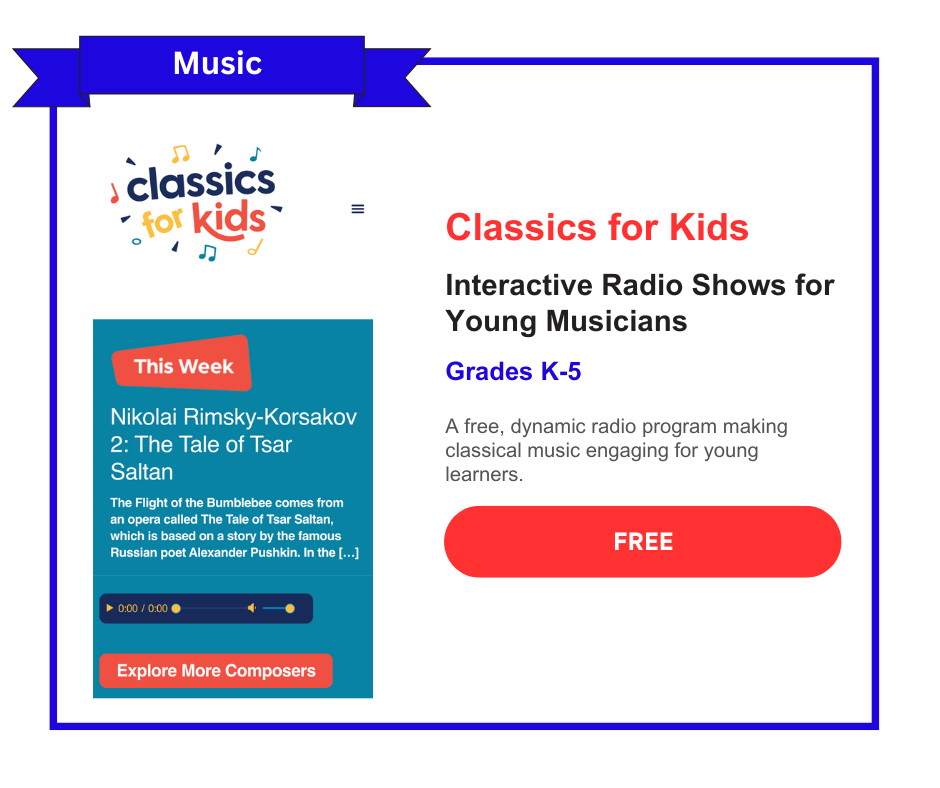


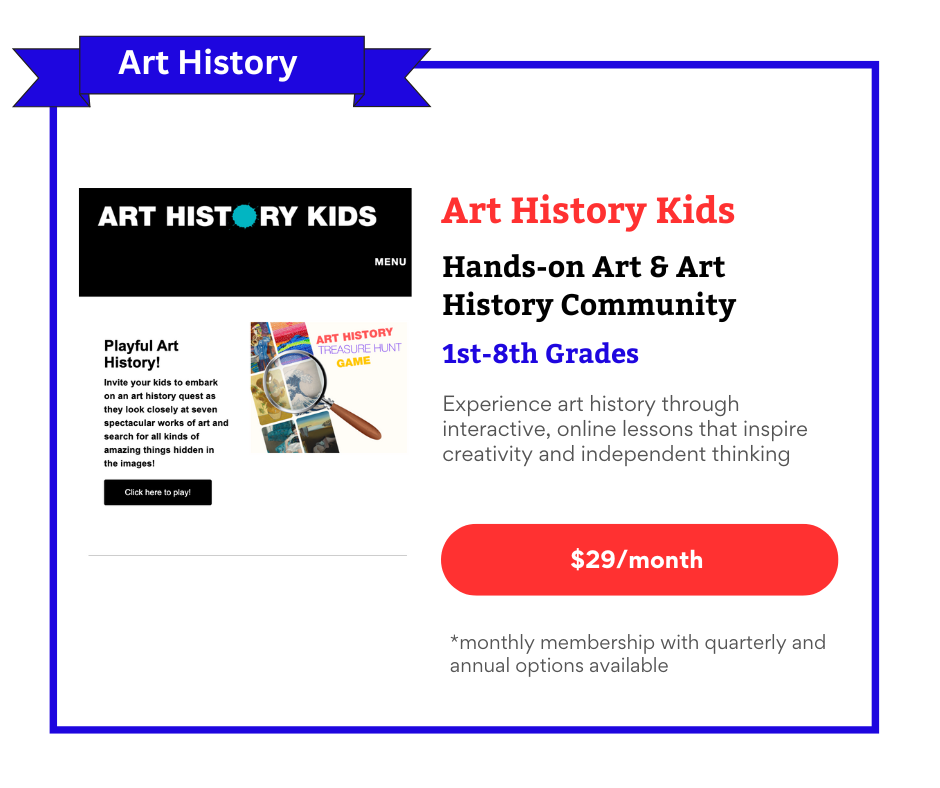
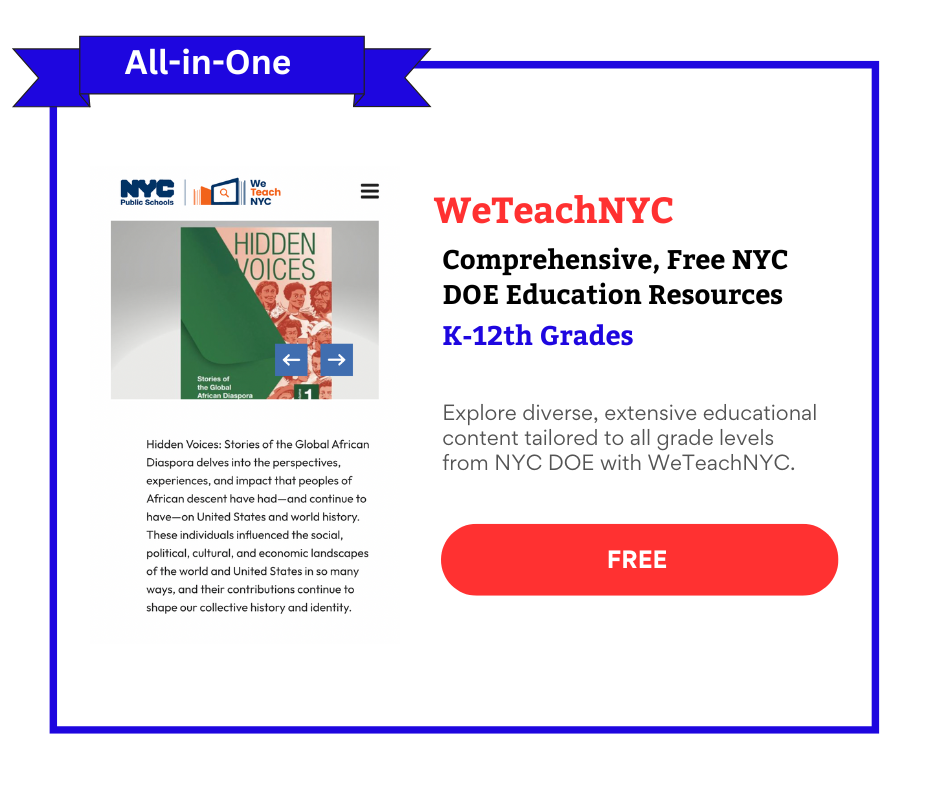
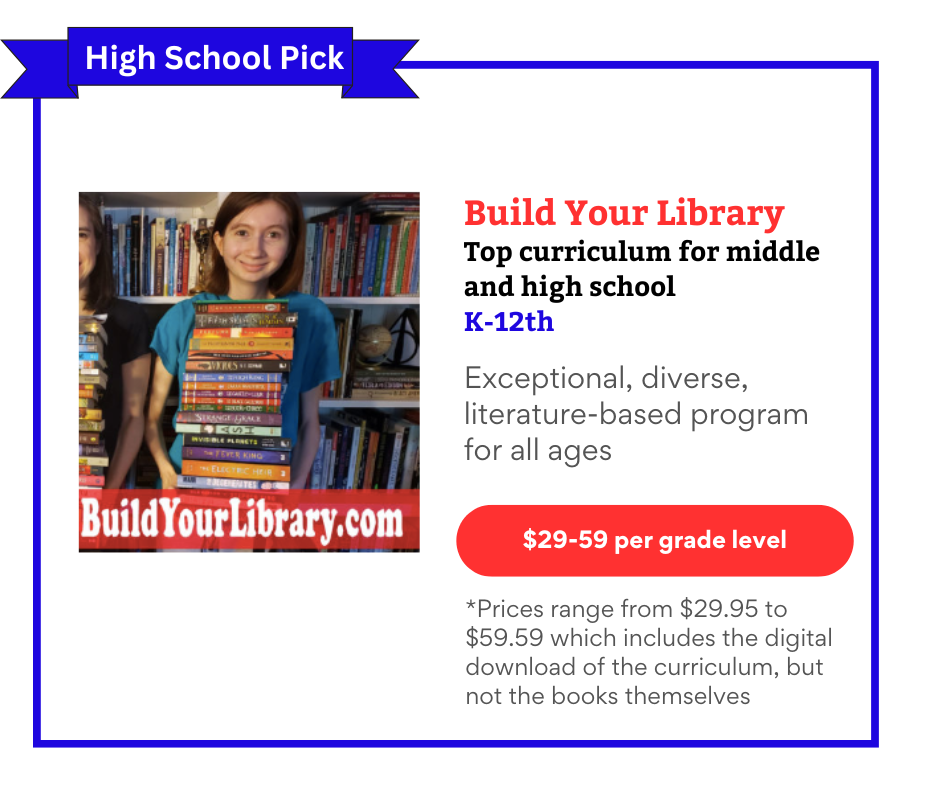

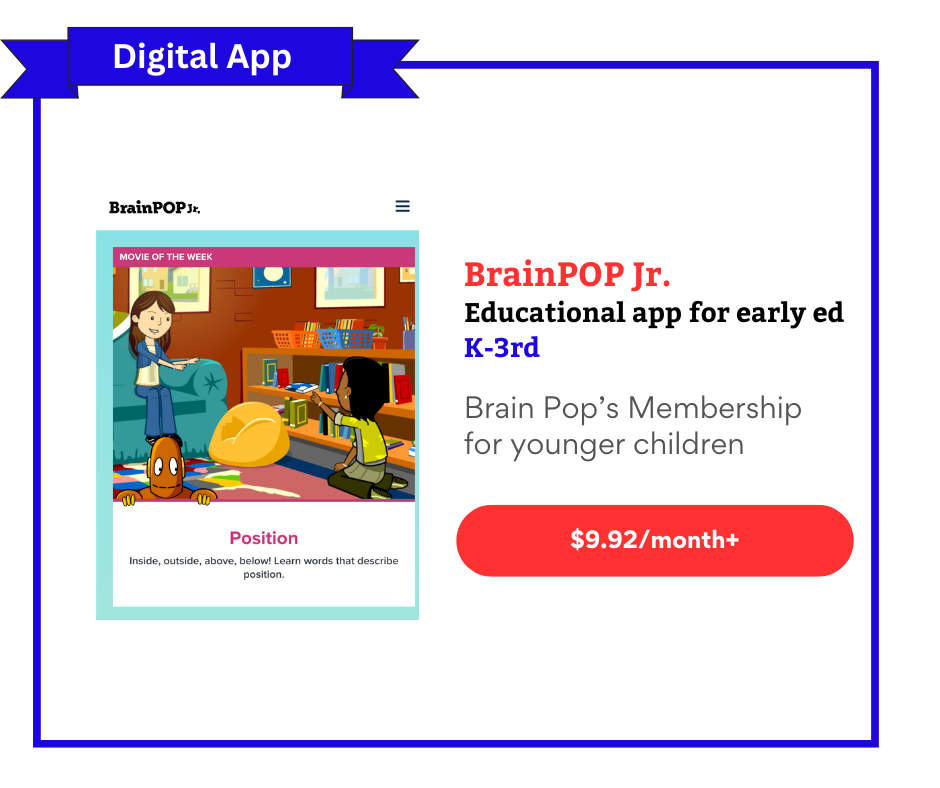
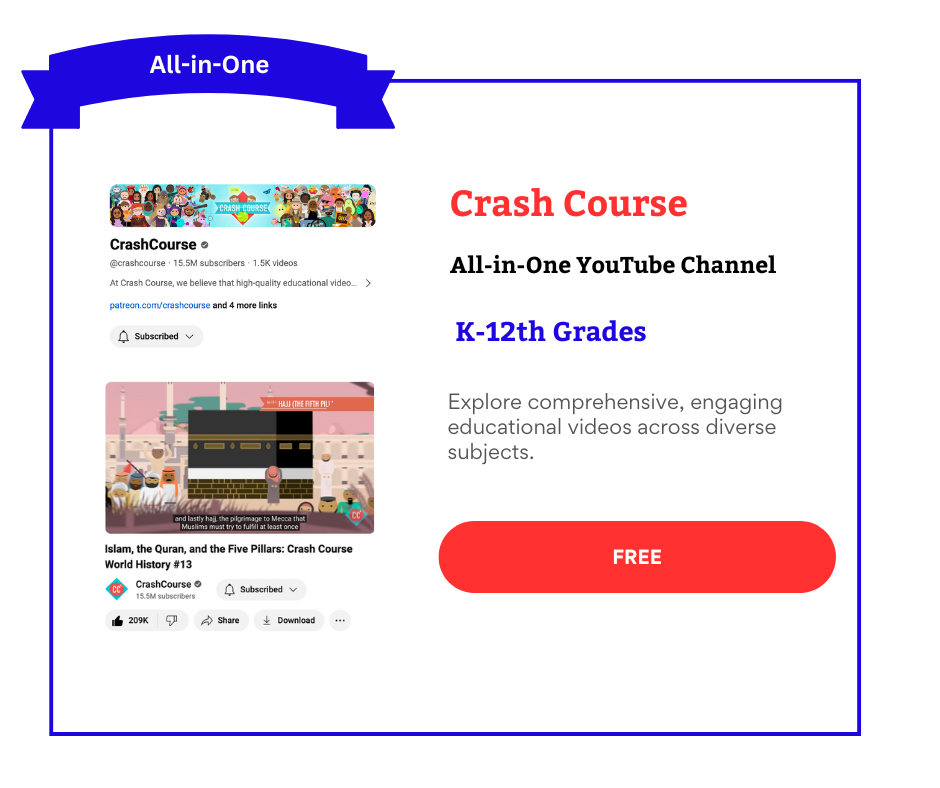
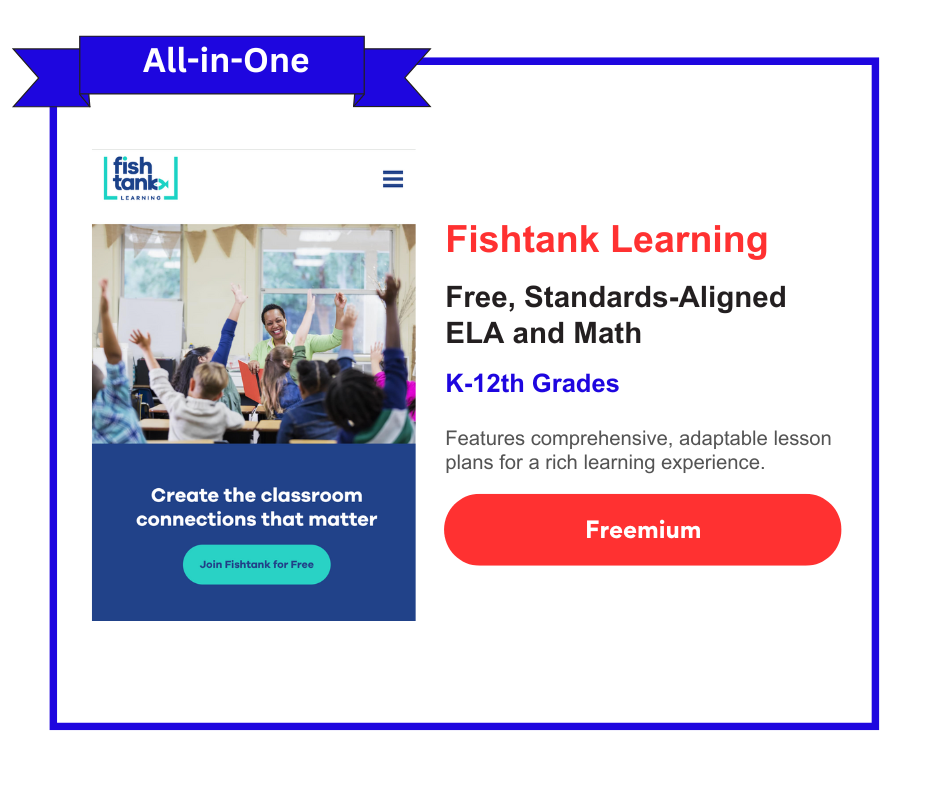
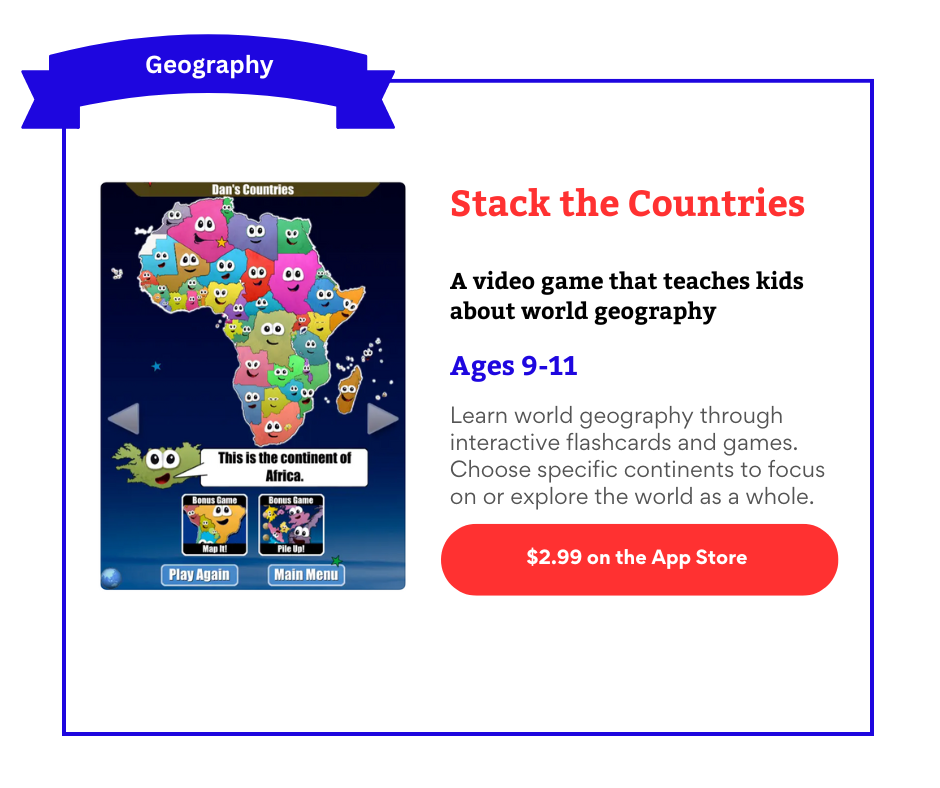
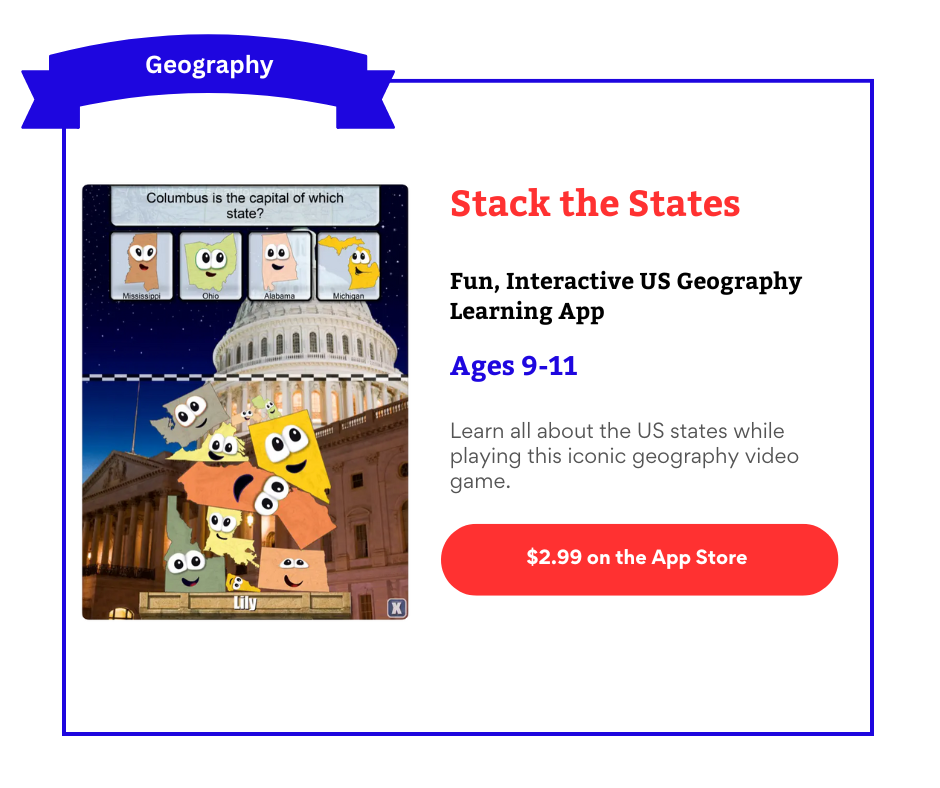
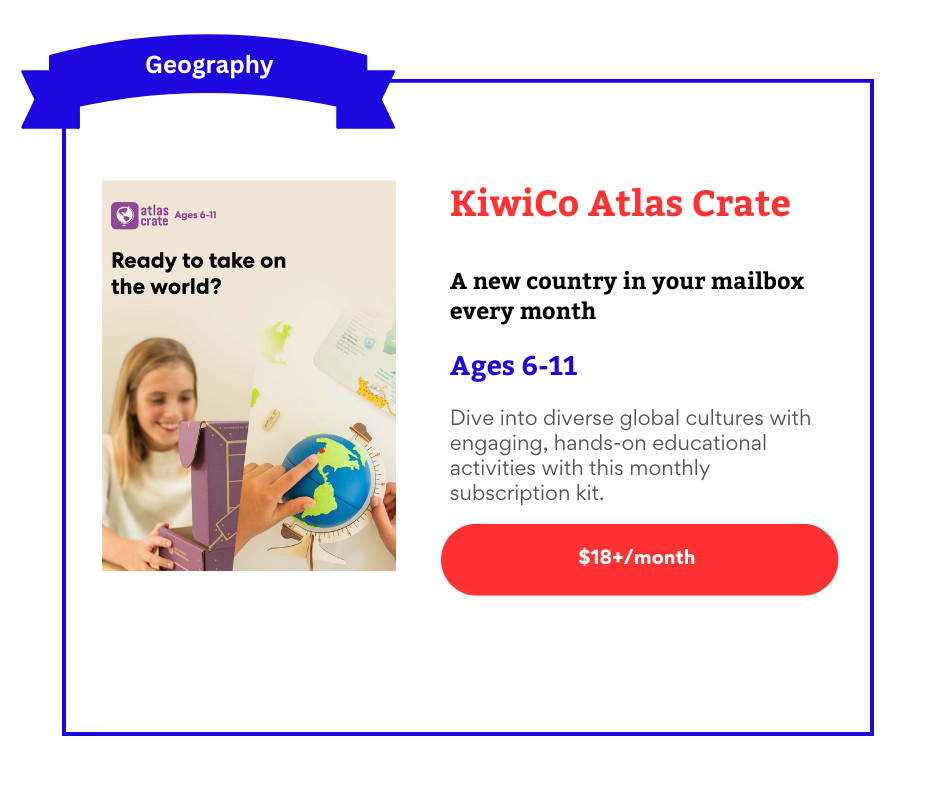



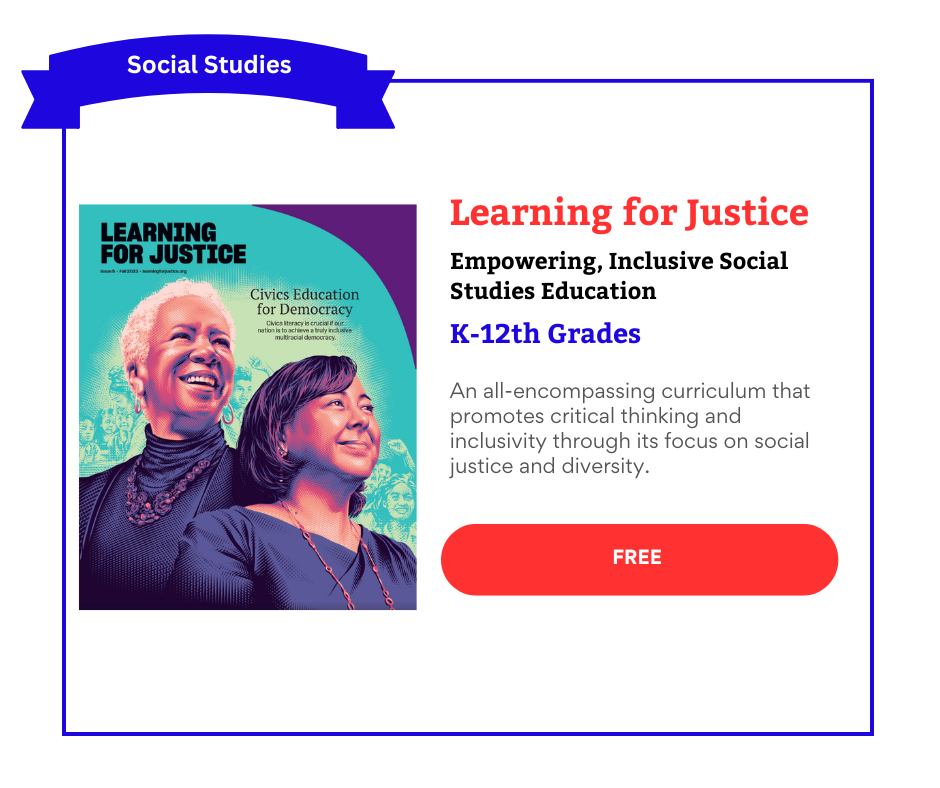




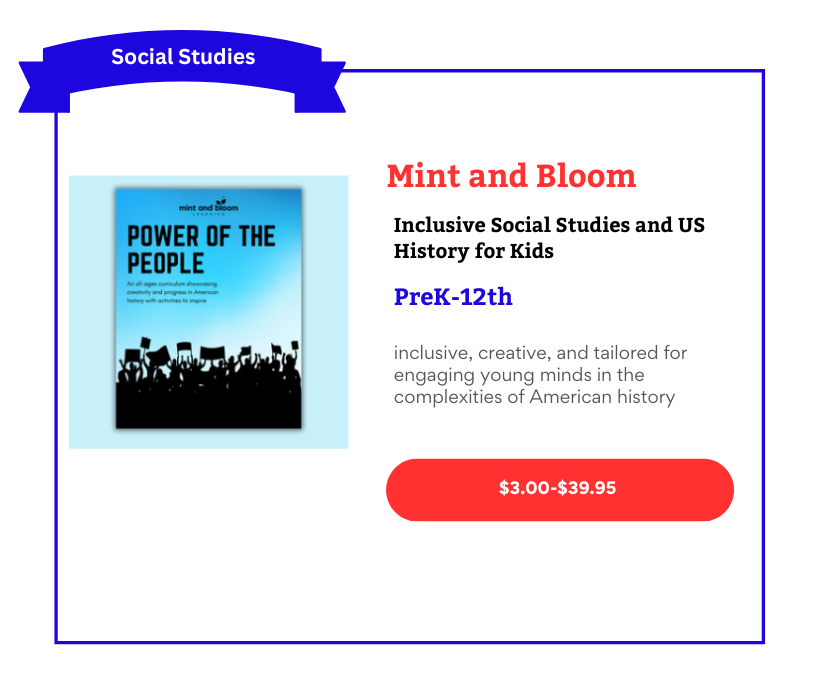
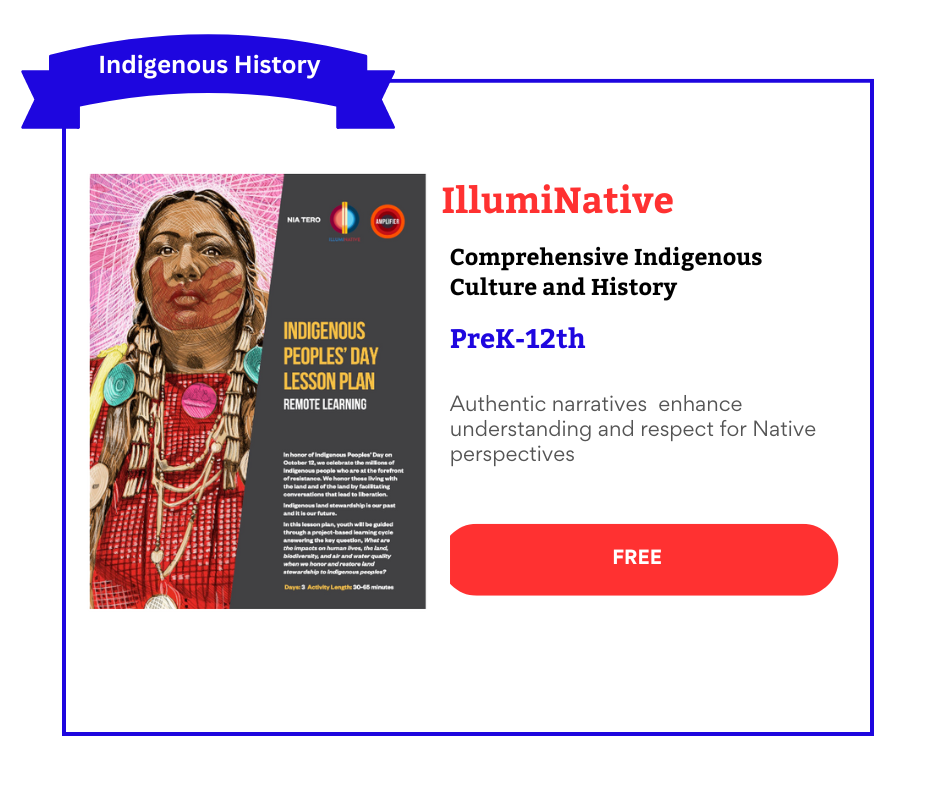
Dive into our comprehensive review of Blossom and Root, a secular, nature-based homeschool curriculum that combines flexibility with a rich integration of the arts and literature. Discover how it can transform your homeschooling experience.